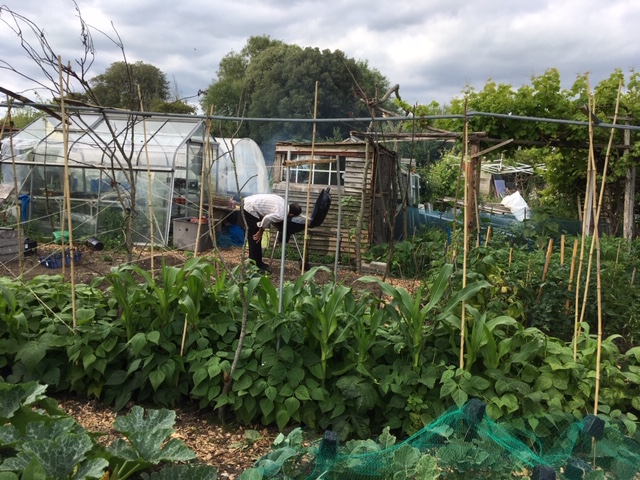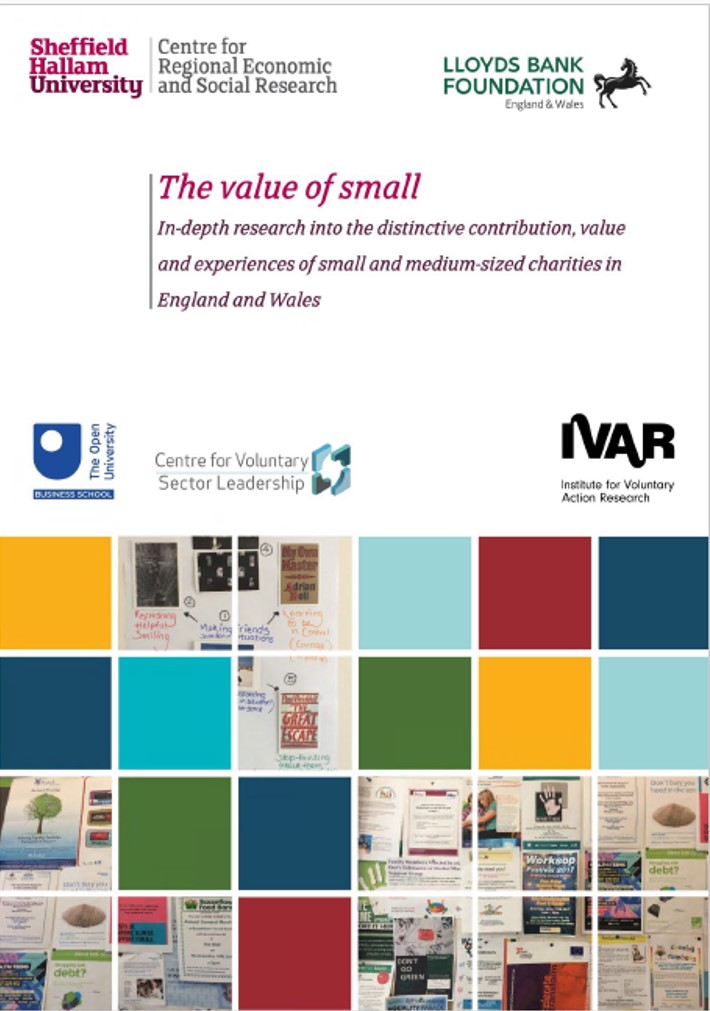
The vital role of small charities
Discover the distinctive contribution and social value of smaller charities, the funding challenges they face, and what can be done to address them.
The value of small
During Covid-19
Small charities showed up and stuck around and they worked quickly and flexibly … they were a consistent and trusted presence. They showed incredible absorptive and adaptive capacity.
Lloyds Bank Foundation for England and Wales
Working with larger organisations
‘I wanted to make sure that there are no blind spots and there is honesty. This is so important now, as the sustainability of so many charities is challenged – it was ever thus, but it is seriously exacerbated by the Covid-19 pandemic. It is the responsibility of us all to do everything we can to sustain a diverse and thriving sector.
Laura Seebohm – Executive Director of External Affairs at Changing Lives.
Case studies
The value of the VCSE sector in East Sussex



We set out to build a picture of the economic, social and environmental benefits Voluntary, Community and Social Enterprise (VCSE) organisations bring to communities across East Sussex every day, to help East Sussex County Council and its partners plan for the future.
Economic value
For every eight businesses that employ staff in East Sussex, there is at least one VCSE organisation. The vast majority of these VCSE organisations are small. They employ at least 6,000 people across the county; and their volunteers contribute a total of 9.6 million hours each year – equivalent to almost 6,000 full-time workers. The GVA (gross value added) of East Sussex VCSE organisations is at least £76m and the value of volunteering to the local economy is estimated at £110m.
Social value
VCSE organisations are often the first to respond to the needs of communities. Organisations provide specialist support that is often not available from other providers. They take a person-centred approach, supporting people to access the different systems they need in order to be able to live an independent life. They are also providing safe, accessible, and inclusive spaces for individuals, groups and the wider community, that support inclusion and belonging.
Environmental value
The predicted impacts of climate change and environmental degradation in East Sussex include more extreme weather events, greater coastal erosion and deterioration of coastal habitats, wetlands and of water bodies. VCSEs are making an important contribution to addressing both the causes and impacts of climate change and environmental degradation, while also supporting community health and wellbeing, and in some cases addressing social inequalities and poverty.
Collaboration and partnership working
The impact of Covid-19 on the sector was dramatic, leading to great uncertainty, but also adaptation and innovation. Although collaboration was already strong prior to Covid-19, existing partnerships have been strengthened and new ones have emerged. There is a desire among East Sussex stakeholders to continue the creativity and imagination that has characterised voluntary and public sector collaborations during this time. However, there is a need to understand and properly resource the work of the VCSE sector, proportionate to the economic, social and environmental value of the work it is carrying out, which has never been more important.
Looking to the future
East Sussex County Council recognises the creativity and energy of the local VCSE sector; and will use this research to inform cross-sector conversations, strengthen relationships, and bring about a strong and sustainable recovery.
We hope this work also helps to inform how other local authorities consider the contribution and value of the voluntary sector.



Small charities offer social value
There are three aspects of social value created by small charities that should be accounted for through commissioning processes:
Individual value. Person-centred and holistic support, based on:
Economic value:
Added value: